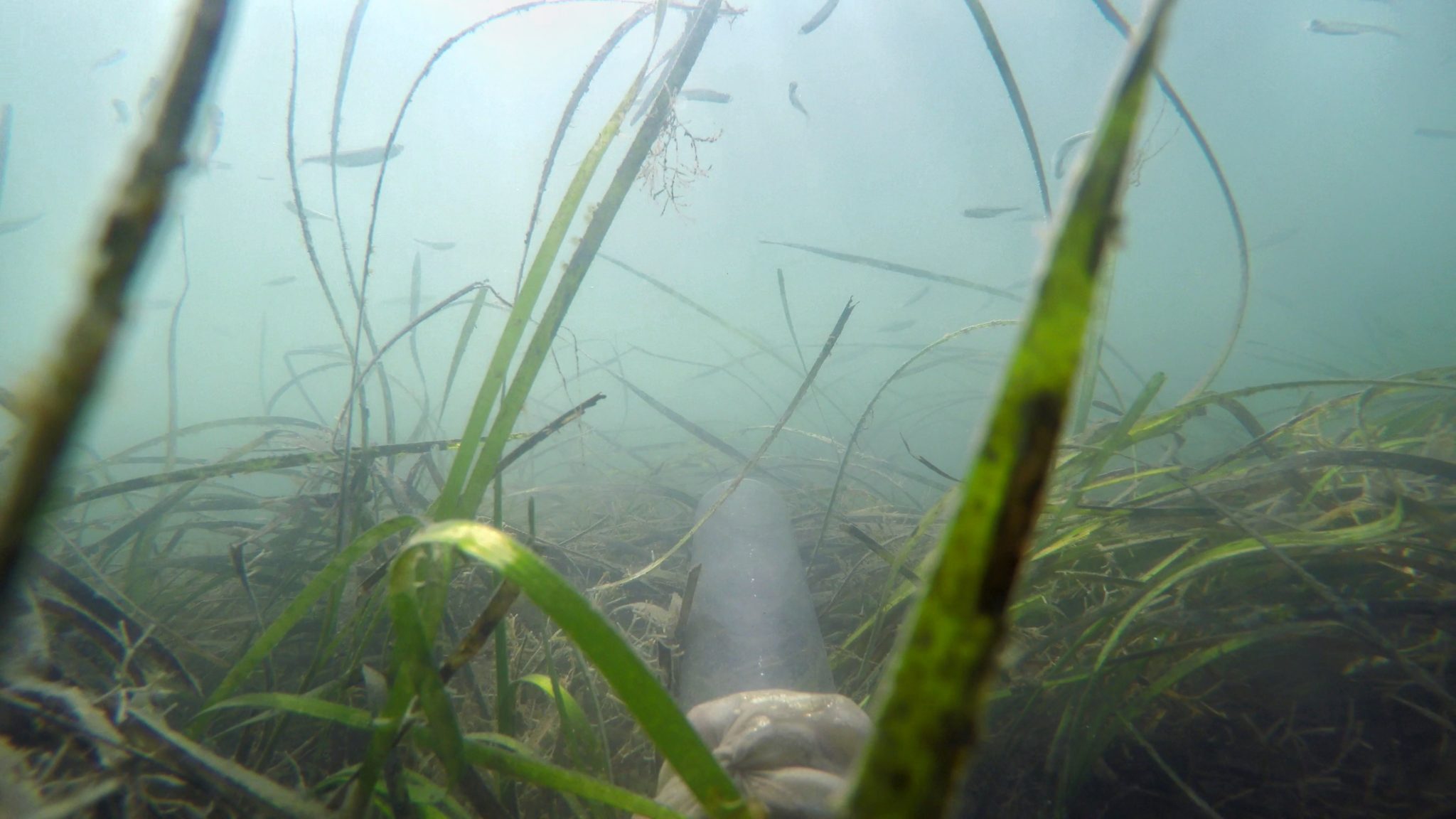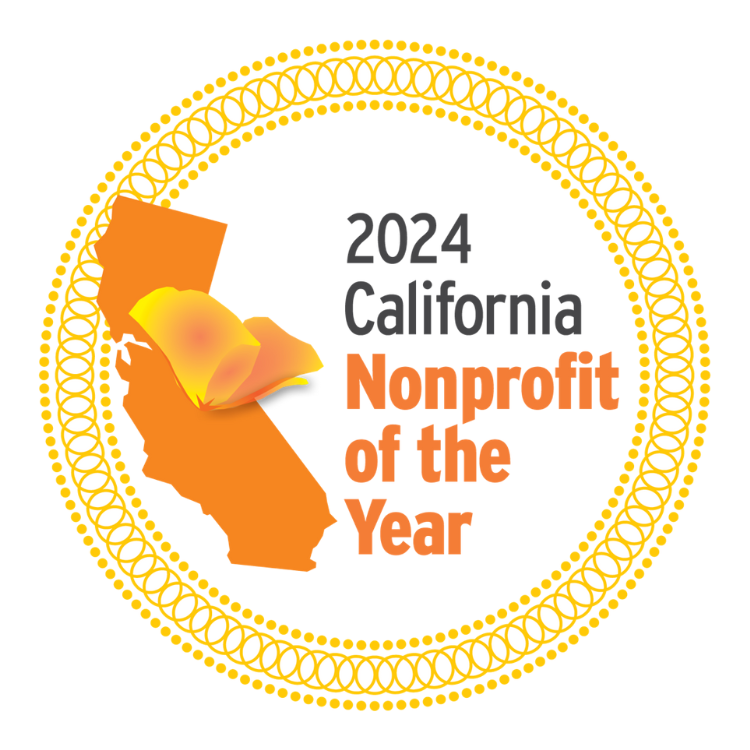From mud-burrowing gobies to mullet leaping at the water’s surface, many unique species of fish live in Newport Bay.
These fish instinctively take advantage of the habitat surrounding them: they swim through blades of seagrass looking for food, they retreat into small spaces when they sense a predator nearby and they seek sheltered areas during their vulnerable life stages.
Structured habitats like seagrass beds are clearly valuable to fish, and many studies have found that increasing complex habitat availability helps to maintain abundant and diverse fish communities.
Recent Habitat Restorations in Newport Bay Should be Great News for Local Fish
When oyster beds were constructed in 2017, bags of mussel and oyster shell provided a hard surface for oysters to settle – as well as a structure with plenty of small spaces for small or juvenile fish to use.
Pairing these oyster beds with eelgrass plots in a living shorelines design created an even more diverse habitat for fish and other wetland species.
We expect this paired habitat to attract the most fish – but is this really the case? To make sure we’re meeting our restoration goals, we need to monitor the restored sites to see how many fish use the new habitat and how they do so.
Underwater GoPros Track How Fish Species Behave in New Habitat
An alternative to traps, nets, or hook-and-line fishing, video monitoring is a great sampling method that provides a lot of information on habitat use while minimizing disturbance to the fish community. By placing GoPros in restored habitat plots and filming for several hours, we can figure out which fish species are using the new habitat, how long they’re staying, and how they’re behaving.
Each video is collected below the lowest tide level in a plot of either mud or eelgrass, so that the camera is always completely submerged. We place a small amount of bait (a nylon bag filled with shrimp and squid) in front of the camera, to encourage passing fish to linger long enough for us to identify them. Videos are collected during a rising tide so that fish moving inshore to the oyster beds are spotted swimming by the camera.
Encouraging Findings We’ve Seen So Far
So far, we’ve noticed that all habitats are used by quite a number of species. We’ve seen large schools of mullet and topsmelt, round stingrays looking for food in both mudflat and eelgrass habitats, and everything from sculpin to sharks.
On some days, we have seen schools of fish using eelgrass (both paired with and separate from oyster beds) continuously for over two hours! These videos clearly show the value of restored habitat to fish from their larval stages to adulthood.
Once we’ve analyzed all the videos collected over the past year, we’ll be able to fully assess whether pairing oyster and eelgrass beds creates the ideal habitat for these fish.
Check out some of our videos to see for yourself – and stay tuned to see which habitats are fish favorites!
About the Author:
Marjorie Howard is a grad student from Cal State Long Beach who is a partner on two of our restoration projects studying fish and invertebrate usage of the restored eelgrass and oyster beds.






